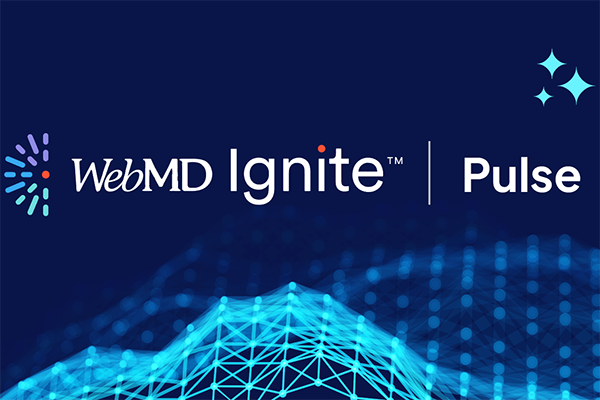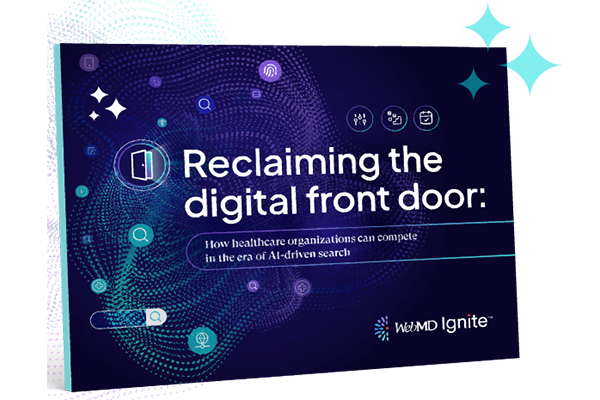Editor's Note: This blog was published prior to the transition to WebMD Ignite.
Health systems are always searching for innovations that can help them achieve better efficiency and consistent care quality. Over the years, we’ve seen health systems implement EHRs, telemedicine, and big data analytics for medical research and population health management. However, for many health systems, their marketing department is in desperate need of innovation.
What is marketing automation?
Commonly defined as a technology that manages engagement across channels with minimal human intervention, marketing automation offers health systems a gateway into creating personalized patient experiences with unmatched consistency and efficiency. With just a few clicks, you can launch automatic processes that will send targeted, personalized messages to the right customers at the most opportune time based on their preferences. Additionally, a mature marketing automation program can improve marketing ROI over time.
Marketing automation is on the shortlist of essential components for any martech stack. Yet, across industries, 58% of marketers have trouble implementing automation due to a poorly crafted strategy or misunderstanding of its full potential. To maximize its impact, they need to build a solid blueprint that considers all the ways that automation can enable smarter engagement.
Match your automation efforts with the customer journey
Marketing automation is both a tool and a strategy. Many health systems think of it as an email tool used only for marketing, primarily to generate leads. But what happens to those leads once they walk in the door for care? Dynamic, multi-channel communications, triggered by how customers engage at each touch point, provide the connective tissue needed to fill gaps that typically occur during handoffs from one department to the next.
Strong marketing automation is not just about automated campaigns, it’s about anticipating needs and guiding consumers to the next action in their journey. By capturing how different individuals respond at each step, you’re able to steer individuals through complex patient journeys with greater ease. At the same time, you’ll gain valuable insights that can be used to further refine similar journeys over time.
We can illustrate this with an example of a patient journey through bariatric care.
Example: The bariatric journey
Since bariatric surgery is usually considered an elective procedure, many patients seek information proactively. It is often a slow journey from the time they start considering surgery to actually having the procedure. When a potential bariatric patient engages with a certain asset, you must decide where to send them next. Since they’re often in the initial information-gathering phase, help increase their comfort level before directing them to set up a consultation with a surgeon. A bariatric patient could follow this flow:
- The patient finds your health system’s bariatric services through a paid Facebook ad that offers to assess their eligibility for bariatric services.
- They fill out a health risk assessment that determines whether they may be a candidate for the surgery.
- If they qualify, the response with the survey score will offer to send them relevant content about the procedure.
- If they engage with multiple bariatric-focused assets, a trained contact center agent proactively reaches out about a consultation.
- Once the agent schedules the appointment, the patient is slated for automatic reminders, including lab work protocols, appointment location details and other logistics.
- After the consultation, the contact center schedules surgery a month out. Your health system continues to nurture the patient with targeted content, including FAQs, what to expect, and how to prepare.
- Following the surgery, the patient receives a post-discharge call and ongoing resources to ensure they’re maintaining their health.
Final thought
Marketing automation is invaluable. Not only does it allow you to reach patients at every step of the healthcare journey, but it empowers them with the personalized information they need to take the next step in improving their health. Healthier patients and better outcomes are always best for your organization’s bottom line





